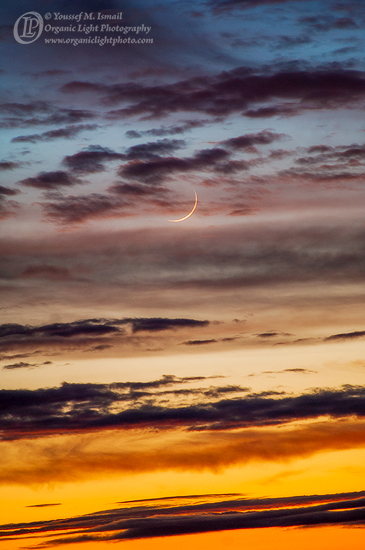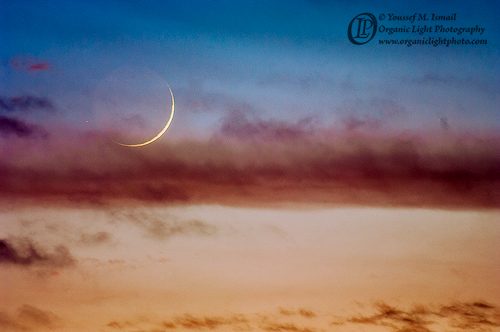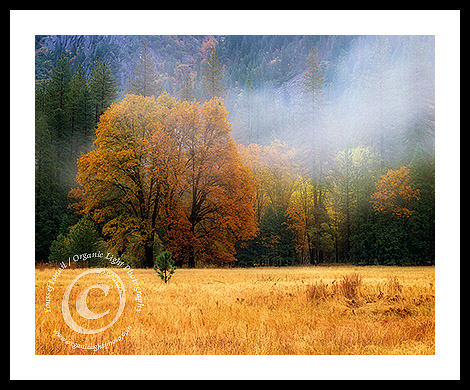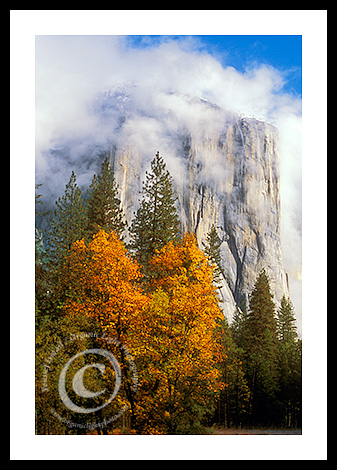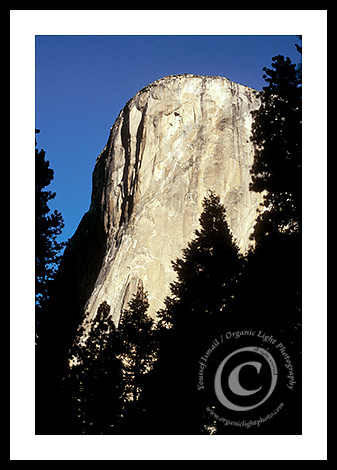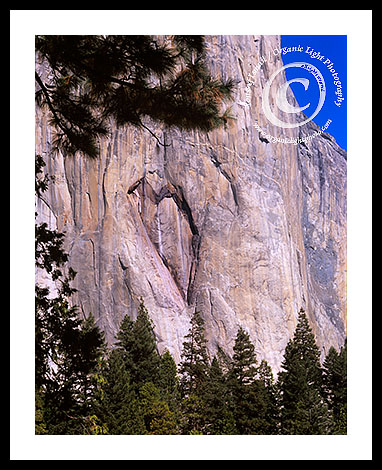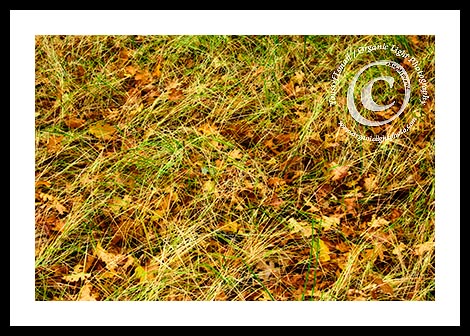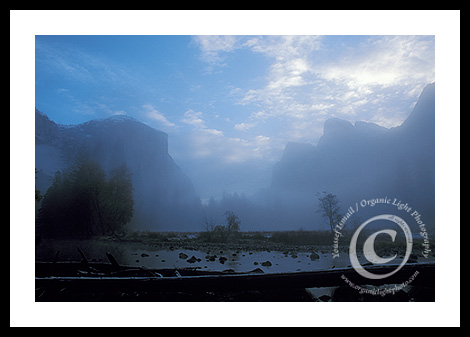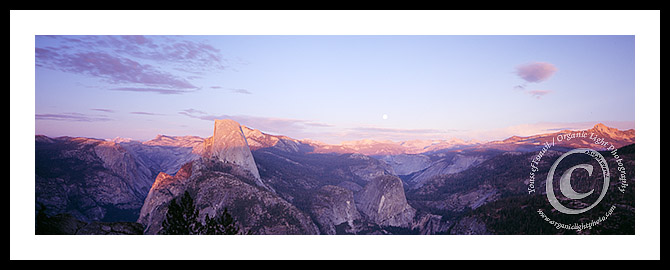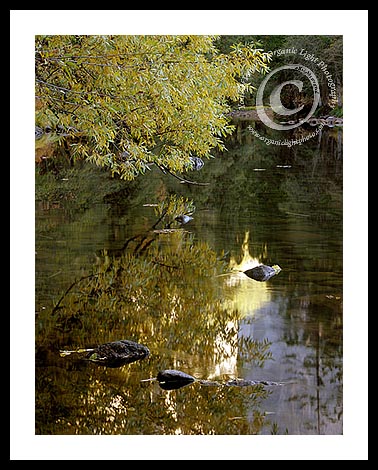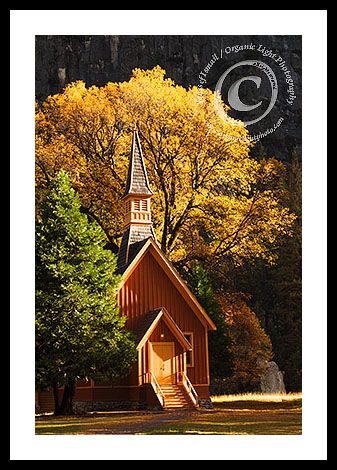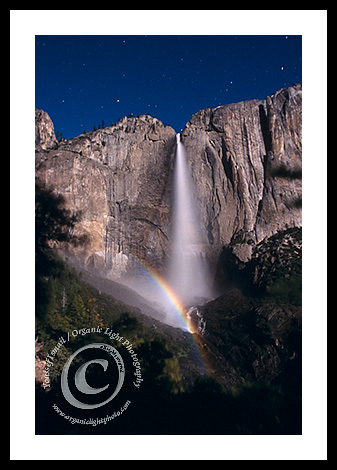Here We Go Again
It has been too long since my last post. Much has transpired since then, but more on that later. For now, the moon sighting for Ramadan is again quickly approaching. To prepare for what is coming and to ensure, or try to circumvent any confusion for Ramadan, sighting the moon of the preceding month, the month of Sha’baan, becomes necessary.
Astronomically, the probability of seeing the new crescent was very good. All the parameters needed to easily see the new moon were to be met. I had put a plan in place to take my astronomy class on its last field trip to the James Lick Observatory on Mount Hamilton just south east of San Jose. The weather outlook was good for most of the preceding week and early in the week of the planned trip. However as we approached our sighting day, May 7th, the weather took a turn for the worse. The skies clouded over and rain was forecast. In fact on the morning of the trip it was raining throughout the S.F. Bay Area! The hopes of all the students, and mine as well, were washing away with every rain drop that fell from the sky.
In spite of the weather, we continued on with our planned trip. In addition to being at roughly 4200 feet in elevation atop Mount Hamilton for the sighting, I had also arranged for a tour of the observatory. So even if we did not see the moon, we were in store for a great tour of many of the telescopes used up there. When we arrived at the observatory we were actually in the clouds! We could not see the sky, the mountains, or the valleys below, a near total whiteout condition, and it was cold, very cold.
Our tour guides met us with over-flowing enthusiasm. It was infectious and soon we were all excited about seeing the various telescopes. The one disappointment was that due to the high humidity the observatory was most likely not going to allow us to view anything through the telescopes. I learned, even though I kind of already knew, that with a humidity above 91% the telescope lenses would fog over with condensation and then later require a costly and laborious cleaning. I’ve been in conditions where the humidity was very high at night and seen what it does to my camera lenses. But I was still surprised and saddened that viewing something like Jupiter or Saturn that night was not going to happen.
As we finished the day time portion of the tour we were headed back to the original observatory building when suddenly the cloud we were in started to break and blue sky was seen for the first time that day! Everyone on the trip turned to me and asked if I thought seeing the moon at least would be possible. I was hopeful. By the time we arrived back to the main building, the cloud we were in had completely dissipated and we could see the fog that had settled in the valleys below. However the sky was still covered with patchy high clouds, and the portion of the sky where I had expected the moon to be was covered as well.
I told everyone to just be patient. We wait until we are sure the moon has set before we give up. Sunset occurred around 8 pm that night. We prayed our sunset prayer as a group and then we ate our evening meal that we had brought with us. The clouds kept playing with us as they moved across the sky allowing for openings where we would search intently and then to just have that portion of the sky close up once more. Then it happened!
Just a few minutes pat 8:30 pm the moon suddenly broke out of the clouds and the gasps of excitement rang out!
It was very refreshing to finally see the new moon after months of failed attempts this spring. The weather was a hindrance each time I had gone out his spring. The rain was very important this year here in California and while I am grateful for it, it was starting to weigh on my patience. But finally we saw the moon! It was a nice capstone to the end of the astronomy class that I was teaching.
The following day I sat down to edit the photos I had made of the Sha’baan moon. While I was working on the image made with my 400mm lens, I noticed a small white spot very close to the crescent itself. Intrigued, I opened my star charting software and set up the location and time when the photo was made to determine what star it might be or if it was just an artifact. To my surprise it was actually a star! It was Hyadum I, or otherwise known as Gamma Tauri, a star in the constellation of Taurus the Bull and it is only 158 light-years away from Earth!
It was a fabulous evening that resulted in a great capture of the moon and this time with a star! I think this is the first time that I have captured the crescent moon with a star in the same image. Seeing stars on the western horizon at the time when the crescent becomes visible is very rare. Venus, yes. Mars, yes and maybe even Mercury or any of the other five naked-eye planets but stars not so much. The coolest part is that I did not see Hyadum I when we were out there, but the camera did. I am still to this day, more than 20 years after picking up a camera to ‘see’ the world, still get floored at its ability to capture things that slip by our own eyes! It is quite humbling. I think it is imperative that we reflect on that. What we see with our eyes is not all that is there.
Until next time, Peace.
